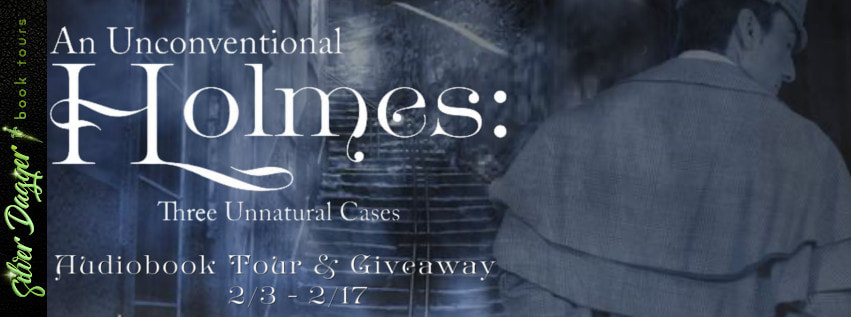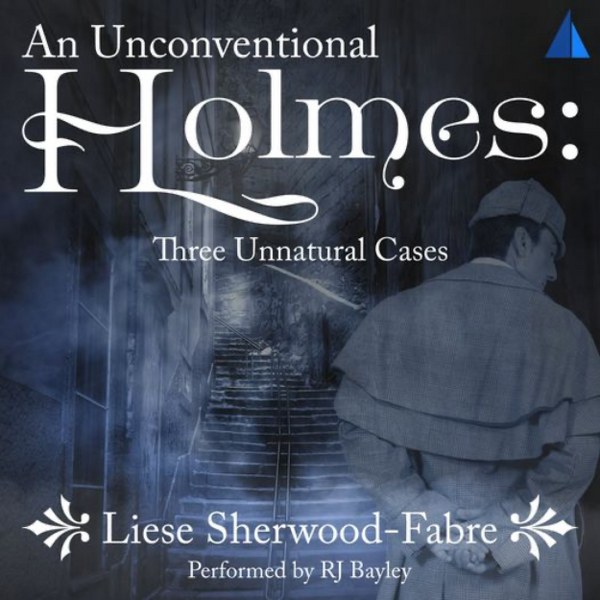There’s Something about Sherlock
A recent survey in Britain found 20% of respondents identified Sherlock Holmes as an actual, historical figure. Pressed for details, most would likely describe him as wearing a deerstalker hat, smoking a pipe, and carrying a magnifying glass. What makes him so real to readers more than a hundred years since he burst on the scene?
There were few detective stories or series prior to Holmes (think, “Murder in the Rue Morgue” by Edgar Allen Poe), but Arthur Conan Doyle took it further by creating a serialized character who solved cases in four books and fifty-six short stories. The stories applied science and logic to solve the mystery and carried the reader along for the conclusion. A clever reader could even figure it all out before Holmes brought Watson up to speed.
In more than one case, Holmes applied forensic methods only just being introduced to solve actual crimes: fingerprints, footprints, soil analysis, ink and paper characteristics—to name a few. In some cases, such as typewriter eccentricities, were shared in a story before they even appeared in a court case. More than one historian attributes the development of real-life forensics on the methods presented by Holmes as he solves a case. The concept of preserving the crime scene (and not let the curious trample the evidence) was one of Holmes’ techniques. In one story, Sherlock reminds Watson “You know my methods.” And thanks to his continuing popularity, we know them too.
What
aspects of the original or further adventure stories appeal to you? Are you a
CSI or forensics buff? Do you think you have the knowledge to pull off “the
perfect crime?”









Hi!
ReplyDeleteThanks for hosting me!